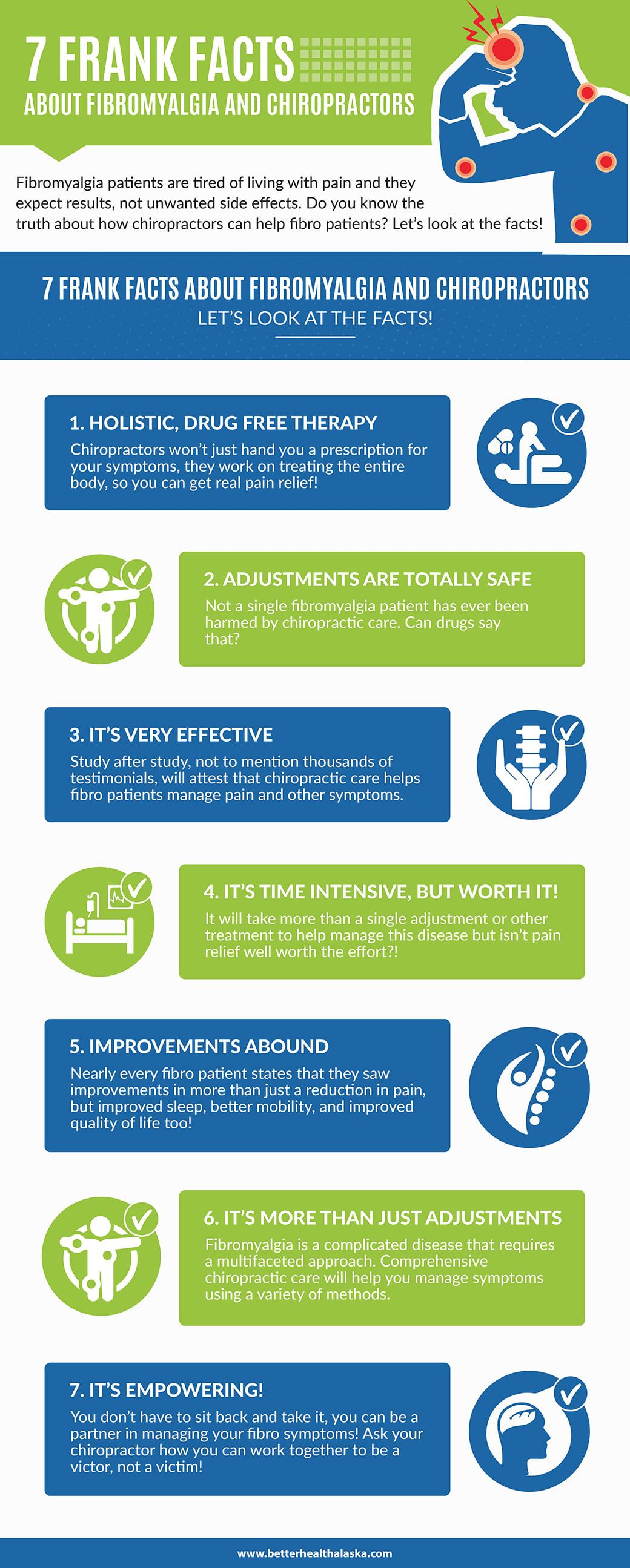The Future Of Neck And Back Pain Treatment: Emerging Technologies And Therapies
The Future Of Neck And Back Pain Treatment: Emerging Technologies And Therapies
Blog Article
Post Written By-Carlton Kramer
As you think about the future landscape of neck and back pain therapy, picture a realm where modern technology perfectly links with traditional therapies to provide unique services. Envision https://manuelhcwrm.dbblog.net/4506678/discover-the-scientific-research-behind-chiropractic-analyzing-the-back-change-refine where virtual reality not just delights yet also heals, where robot precision redefines minimally invasive treatments, and where biofeedback empowers people in their pain monitoring journey. Suggested Reading in back pain therapies are not just hypothetical situations but tangible facts shaping the means we approach and alleviate this common problem.
Virtual Reality Treatment for Pain In The Back
Are you tired of traditional treatments for your neck and back pain? Virtual Reality Therapy supplies an unique approach to managing your discomfort. By immersing on your own in an online setting, you can distract your mind from the discomfort signals being sent out to your mind, providing alleviation in an unique and innovative method.
Utilizing specialized VR headsets, you can participate in different activities and simulations designed to target particular locations of your back that are creating you discomfort. These immersive experiences can aid you relax stressful muscles, enhance your position, and enhance your general movement.
Furthermore, virtual reality therapy can also assist in lowering stress and anxiety and anxiety degrees, which are typically adding elements to pain in the back.
Think of being able to undertake therapy without the requirement for medication or invasive procedures. With Virtual Reality Treatment, you have the opportunity to handle your back pain in a safe and non-intrusive manner.
Robotic-Assisted Pain In The Back Treatments
Using innovative robotic modern technology, back pain treatments have progressed to include robotic support in targeting and attending to specific areas of pain in an accurate and regulated way.
Robotic-assisted neck and back pain treatments use a high degree of accuracy and personalization, allowing for extra efficient and customized therapy for individuals experiencing back pain. These robotic systems can do minimally intrusive procedures with enhanced precision, reducing the risk of issues and boosting outcomes.
Robotic-assisted treatments give doctors with real-time feedback and imaging, enabling them to browse the spine with unmatched precision. By utilizing robotic arms or devices, healthcare providers can access hard-to-reach locations with greater convenience, causing more effective interventions.
Furthermore, these innovations can adapt to the client's motions during surgery, making sure a more secure and more dependable treatment.
Psychophysiological Feedback Innovation in Pain In The Back Management
With the advancement of technology in neck and back pain treatments, psychophysiological feedback innovation becomes a valuable device in handling and minimizing discomfort associated with back pain. Psychophysiological feedback allows you to obtain understanding and control over bodily features that are commonly involuntary, such as muscle mass stress and heart rate.
By using sensors to keep an eye on these features, biofeedback tools give real-time information that allows you to make aware modifications to minimize pain and stress and anxiety levels. Through aesthetic or acoustic signs, psychophysiological feedback aids you recognize how your body responds to different circumstances, empowering you to change your actions and boost physical well-being.
This innovation promotes relaxation, enhances stance, and aids in muscle re-education, every one of which are vital aspects in managing neck and back pain properly. By including psychophysiological feedback into your neck and back pain management strategy, you can take an energetic duty in your treatment and achieve long-term relief from pain.
Conclusion
In conclusion, the future of pain in the back treatment looks bright with the improvements in virtual reality therapy, robotic-assisted treatments, and psychophysiological feedback technology. These arising modern technologies supply cutting-edge options to reduce neck and back pain, enhance flexibility, and enhance total quality of life. With proceeded research and development, these cutting-edge therapies have the possible to change the way we approach and treat back pain, offering hope for those looking for efficient and personalized solutions.
